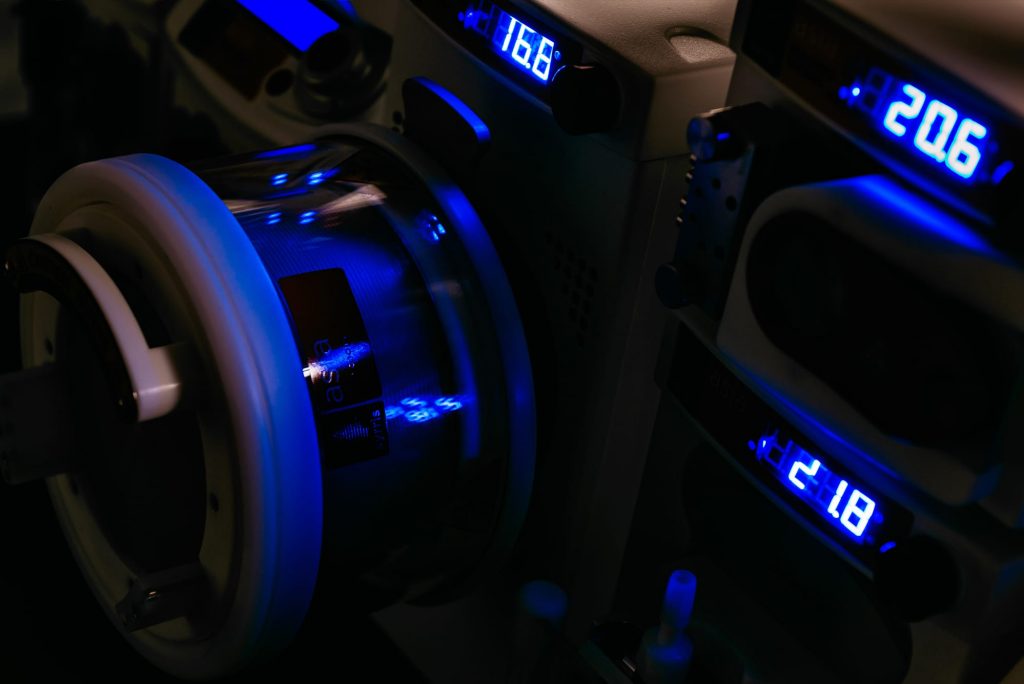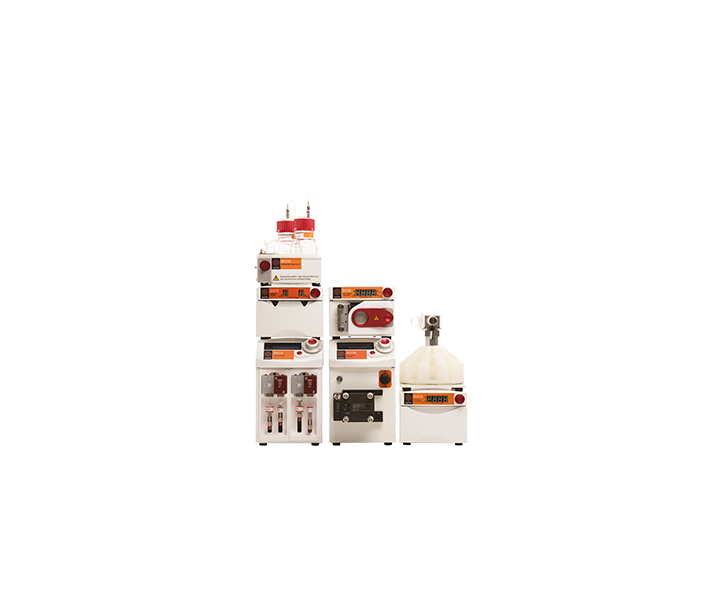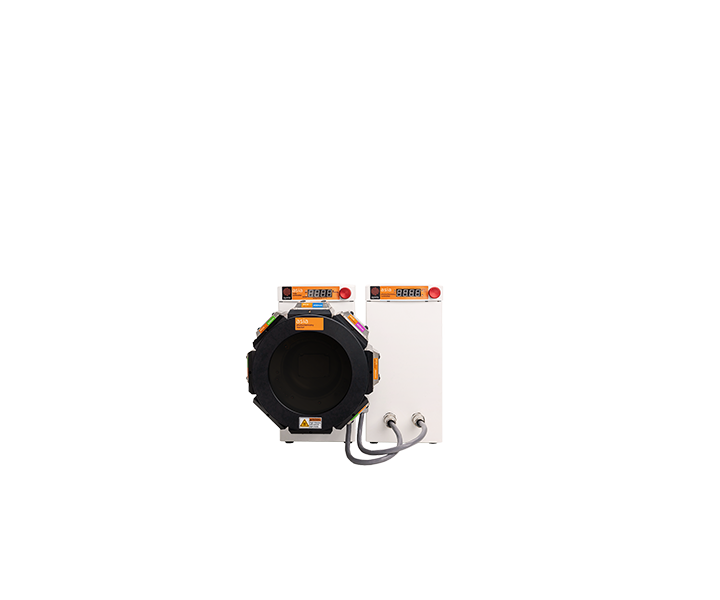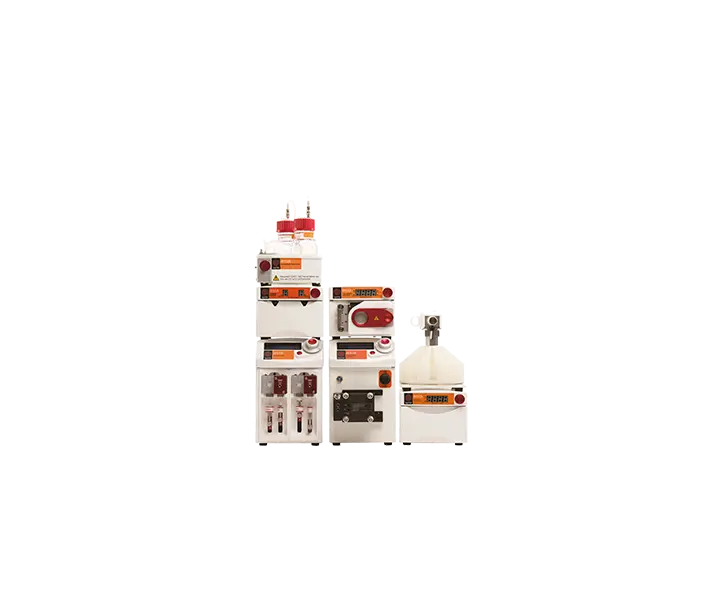Green chemistry
Green chemistry or sustainable chemistry focus on minimizing the use and generation of hazardous substances. Various fundamental features of flow chemistry owe themselves to improvements in sustainability.
The reaction rate can be sped up by increasing the temperature, by increasing reaction rate less energy is spent heating reaction. In flow chemistry there is better heat transfer since there is greater surface area to volume ratio in a micro or tubular reactor compared to batch vessels, a flow system can also be pressurized which enables solvents to be heated well beyond their atmospheric boiling point.
The use of catalysts can become more efficient in flow chemistry. In a continuous process, the catalyst can be fixed in space and the reaction mixture allowed to flow over it. This reduces the need for extracting the catalyst from the final product and the catalyst may last longer due to decreased exposure to the environment.
Electrochemistry can reduce the need for either solvents, reagents or catalysts which can be harmful to the environment.
Flow chemistry enables quick and simple optimization of reactions. Reaction stoichiometry is controlled by adjusting flow rates of the two reactants which are quickly altered using the software interface, this fast-track to optimal conditions reduces wasted product being made.




